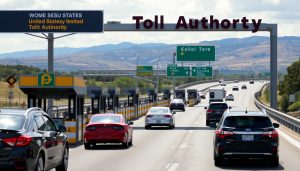Toll Trouble: My Experience with a System That Feels More Like a Business Than Justice
Explore the troubling reality of toll system justice through personal experience. Learn how these systems prioritize profit over fairness and what we can do to create more equitable solutions.
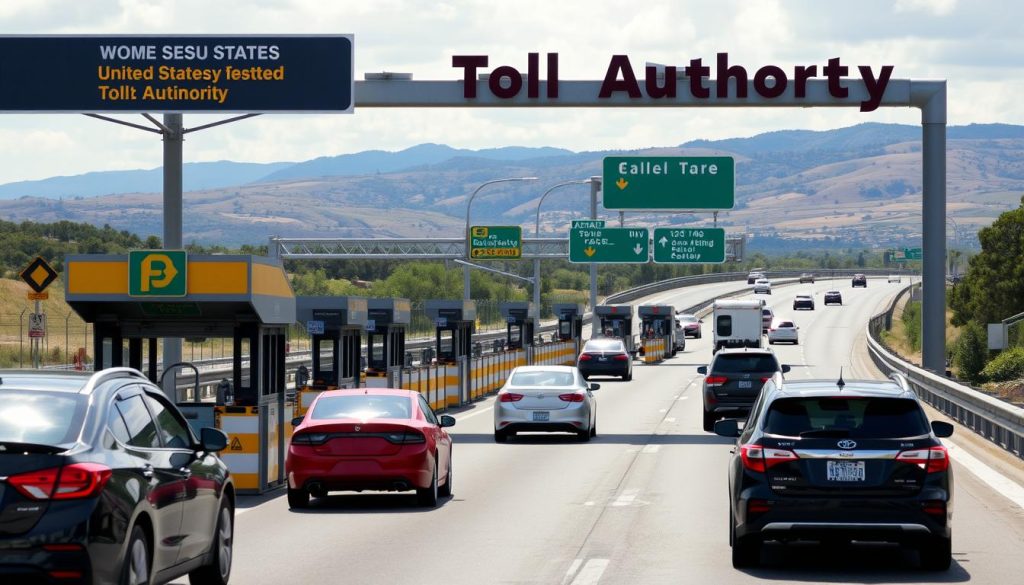
Click to summarize this article.
It was a rainy Tuesday when I opened my mailbox to find a letter that made my stomach drop. A toll violation notice with a $250 fine for a $2 toll I never knew I missed. The envelope was dated nearly six months after my supposed violation, leaving me with no recollection of the incident and limited options to contest it. This wasn’t just about the money—it was about a system that seemed designed to generate revenue rather than serve the public or promote justice.
As I navigated the labyrinthine appeals process, I discovered I wasn’t alone. Thousands of Americans face similar situations every day, caught in toll systems that operate more like profit-driven enterprises than public services. What began as a personal frustration evolved into a deeper investigation of how our toll system justice framework often fails the very people it’s meant to serve.
Personal Stories
Toll Trouble:
My Experience with a System That Feels More Like a Business Than Justice

Navigating toll roads in Texas should be simple. I’ve had a BancPass toll tag for years, diligently paying my balances and keeping track of my statements. But recently, I found myself pulled over by a constable and accused of operating a “prohibited vehicle” on a toll road—because, allegedly, I owed $1,200 to the toll authority.
When Revenue Generation Trumps Fairness

Toll violation notices often arrive with confusing information and escalating penalties that can quickly multiply the original toll amount.
The modern toll system presents itself as a necessary mechanism for funding infrastructure and managing traffic flow. However, a closer examination reveals a troubling reality: many toll systems across the country have evolved into revenue-generating machines that prioritize profit over public service.
Consider the numbers: In 2024 alone, U.S. toll operators collected over $20 billion in revenue. Yet, a significant portion of this money comes not from standard tolls but from penalties, administrative fees, and violation charges that can multiply the original toll amount by 50 to 100 times.
As transportation researcher Dr. Maria Sanchez explains, “What we’re seeing is a shift from tolls as a user-fee for infrastructure to tolls as a profit center. The incentive structure rewards maximizing revenue rather than maximizing fairness or transportation efficiency.”
This profit-driven approach manifests in several troubling ways. Toll authorities often contract with private collection agencies that receive a percentage of every dollar collected, creating a direct incentive to maximize penalties rather than facilitate compliance. Additionally, many systems are designed with minimal visual warnings, confusing payment options, and short payment windows that practically ensure violations will occur.
The Hidden Costs and Tactics of Modern Toll Systems
Hidden Fees
Beyond the posted toll rates lie a maze of administrative fees, processing charges, and “convenience” payments that often exceed the original toll amount. Many systems charge additional fees for not having a transponder, even for infrequent users or tourists unfamiliar with local toll requirements.
Maria Johnson, a nurse from Chicago, shared: “I was charged a $1.50 toll, but because I didn’t have an I-Pass, they added a $5 ‘processing fee.’ When I didn’t receive the initial notice and missed the payment window, it ballooned to $25. For a single toll!”
Aggressive Collection
Toll authorities increasingly employ aggressive collection tactics that would make debt collectors blush. Many partner with private collection agencies that add substantial fees, report to credit bureaus, and even place holds on vehicle registrations—all for relatively minor toll amounts.
The consequences can be severe. James Wilson, a delivery driver from Atlanta, had his license suspended over $87 in unpaid tolls that, with penalties, had grown to over $900. “I couldn’t work for three weeks while sorting it out. I nearly lost my apartment,” he recounts.
Lack of Transparency
Many toll systems operate with minimal transparency about how rates are set, where revenue goes, or how the appeals process works. Notices often arrive months after the alleged violation, making it nearly impossible to recall the circumstances or gather evidence to contest the charge.
This opacity extends to the decision-making process. Public input on toll increases is frequently minimal, with rate hikes implemented with little notice or justification beyond vague references to “operational needs.”
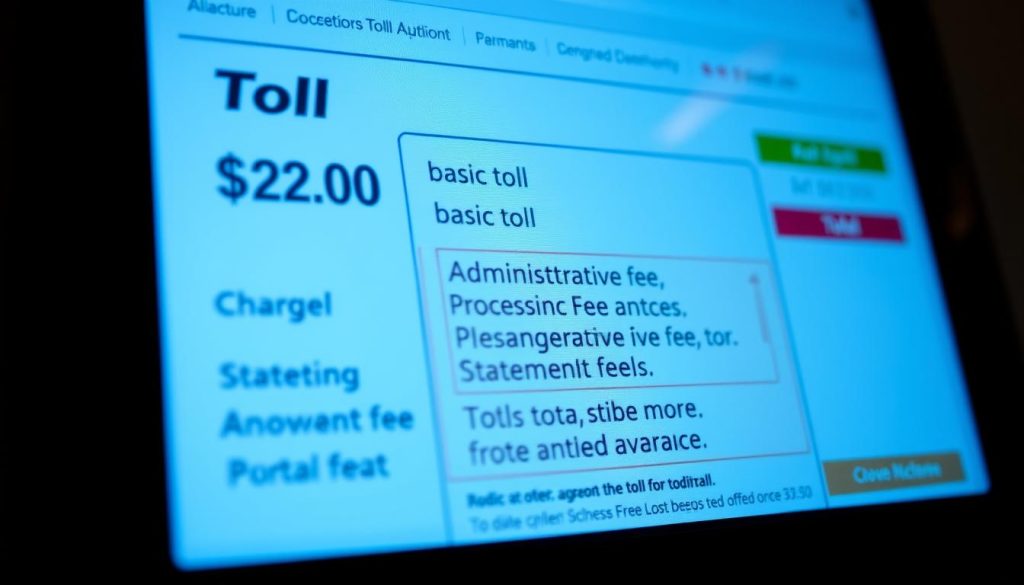
Typical online toll payment interfaces often obscure additional fees in confusing layouts and fine print.
Disproportionate Impact on Low-Income Communities
Perhaps most troubling is how toll systems disproportionately impact low-income individuals and communities. For someone living paycheck to paycheck, an unexpected $50 toll violation can trigger a financial cascade effect—missed payments lead to increased penalties, which lead to more financial strain, creating a cycle that’s difficult to escape.
“Toll systems that pile on excessive penalties for minor infractions function as a regressive tax that falls hardest on those least able to pay. This raises serious environmental justice concerns that transportation agencies must address.”
Research from the Transportation Equity Project shows that households earning less than $25,000 annually spend a significantly higher percentage of their income on toll-related expenses—including penalties and fees—than higher-income households. This inequity is exacerbated by the fact that many low-income workers have less flexible work schedules and fewer transportation alternatives.
Public Service or Profit Center? The Diverging Purposes of Toll Systems
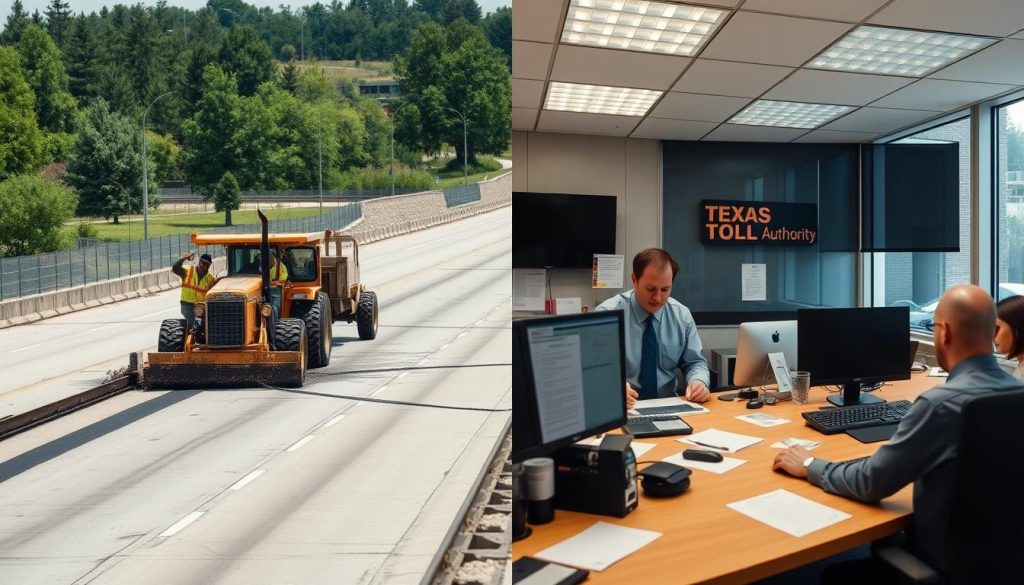
The dual nature of toll systems: infrastructure funding versus revenue generation through penalties.
Toll systems typically justify their existence through three primary arguments: funding infrastructure maintenance, managing congestion, and ensuring that road costs are borne by actual users rather than general taxpayers. These are reasonable goals in theory, but the reality often diverges significantly from these stated purposes.
The Stated Purpose
- Fund critical infrastructure maintenance and improvements
- Manage traffic congestion through demand-based pricing
- Ensure road users directly pay for the infrastructure they use
- Provide efficient, convenient travel options
- Operate as a public service with reasonable administrative costs
The Operational Reality
- Generate maximum revenue, often diverted to non-transportation uses
- Create complex payment systems that ensure violation revenue
- Implement aggressive collection practices with minimal oversight
- Operate with limited transparency about revenue allocation
- Function as profit centers with high administrative overhead
A 2023 audit of the Northeast Expressway Authority revealed that only 62% of collected revenue went toward actual infrastructure, with the remainder allocated to administrative costs, collection contracts, and “system enhancements” that primarily focused on improving revenue collection rather than transportation services.
Legal challenges to toll systems have increased in recent years. The American Trucking Associations successfully sued the New York State Thruway Authority for using toll revenue to fund the state’s canal system—a clear diversion from transportation purposes. The federal court ruled that using toll revenue for non-transportation purposes violated constitutional protections against undue burdens on interstate commerce.
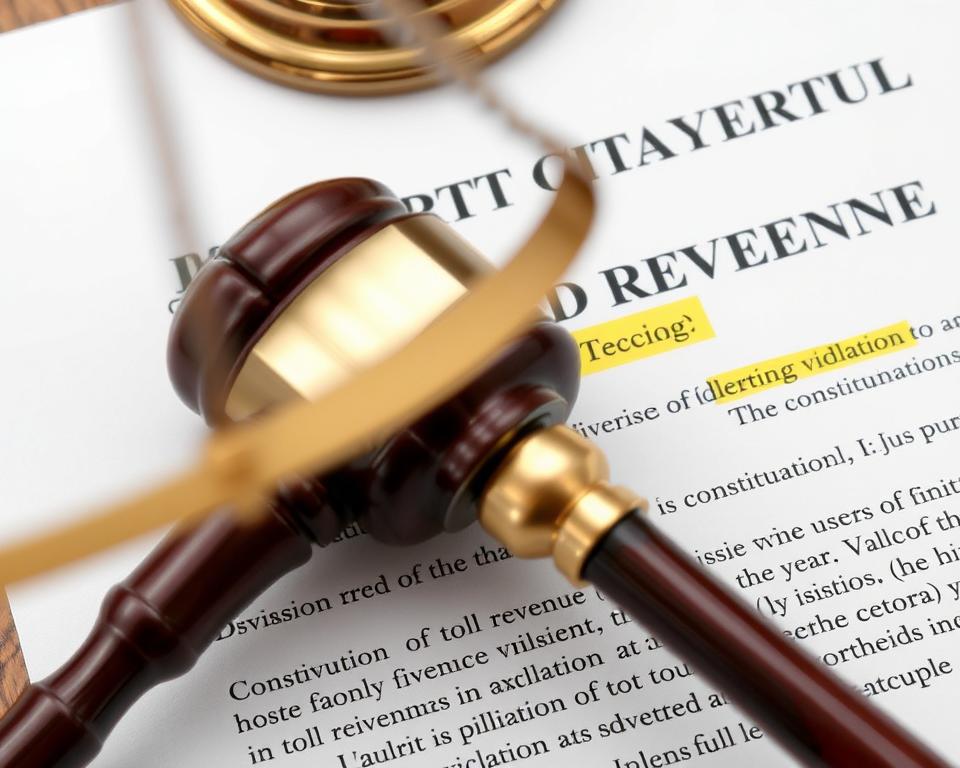
Recent court decisions have challenged the constitutionality of diverting toll revenue to non-transportation purposes.
This divergence between stated purpose and operational reality creates a fundamental tension in how toll systems function. When revenue generation becomes the primary goal, the system inevitably shifts from serving the public to extracting maximum value from users—particularly those who make minor mistakes or lack the resources to navigate complex payment systems.
Real People, Real Consequences: The Human Cost of Toll System Injustice
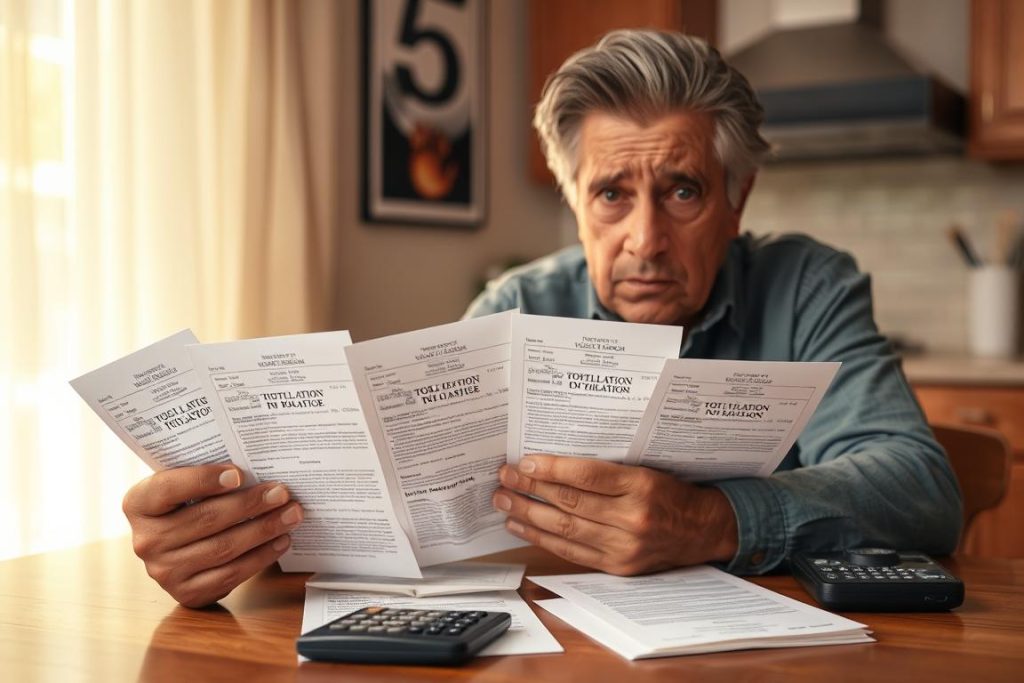
For many Americans, unexpected toll violations create significant financial and emotional stress.
The Delivery Driver: Carlos Rodriguez
Carlos Rodriguez, a 42-year-old delivery driver in Florida, depends on the state’s toll roads to meet his tight delivery schedules. “I cross maybe 15-20 toll points every day,” he explains. “My company reimburses the basic tolls, but not if there are any issues or penalties.”
When Carlos’s transponder malfunctioned for three days without any notification, he continued his routes unaware of the problem. Two months later, he received violation notices totaling over $750—$150 in missed tolls and $600 in administrative fees and penalties.
“They had my contact information. They could have sent a text or email saying ‘Hey, your transponder isn’t working,’ but instead they waited and sent penalty notices,” Carlos says. “I had to take a payday loan to cover it because my registration renewal was coming up, and they put a hold on it until I paid.”
The Single Mother: Tasha Williams

Toll system penalties often affect entire families, creating stress and financial hardship that extends beyond the individual driver.
Tasha Williams, a single mother of two in Chicago, took a new job that required her to use the Illinois Tollway twice daily. “I got a transponder right away, but there was a processing delay of about a week before it became active,” she recalls.
During that week, she accumulated tolls that should have been $21.50 total. However, because her transponder wasn’t yet active in the system, she was charged the higher cash rate plus administrative fees for each crossing.
“When I finally got the bill, it was over $200. I tried explaining the situation—that I had applied for the transponder before even starting the job—but they said their policy was clear and I should have waited until the transponder was active before using the tollway.”
For Tasha, this unexpected expense meant delaying her children’s school supply purchases and cutting back on groceries that month. “The system doesn’t care about your circumstances. It’s just designed to collect money, not to be fair.”
The Elderly Traveler: Robert Chen
Robert Chen, 76, drove from Pennsylvania to visit his grandchildren in Virginia, unaware that several traditional toll booths along his route had been converted to electronic tolling only. “There were signs, but they weren’t clear to someone who doesn’t drive that route regularly,” he says.
Three months later, Robert received violation notices for $347—$12 in actual tolls and $335 in penalties and fees. On a fixed income, this represented a significant financial burden. When he called to explain the situation, he was told he could appeal but would need to pay a $25 non-refundable appeal fee per violation, with no guarantee of success.
“It felt like they were taking advantage of my age and unfamiliarity with the system,” Robert says. “I’ve been driving for over 50 years and never had a traffic ticket, but suddenly I’m treated like a scofflaw because I didn’t understand their new electronic system.”
Creating a More Equitable Toll System: Practical Solutions
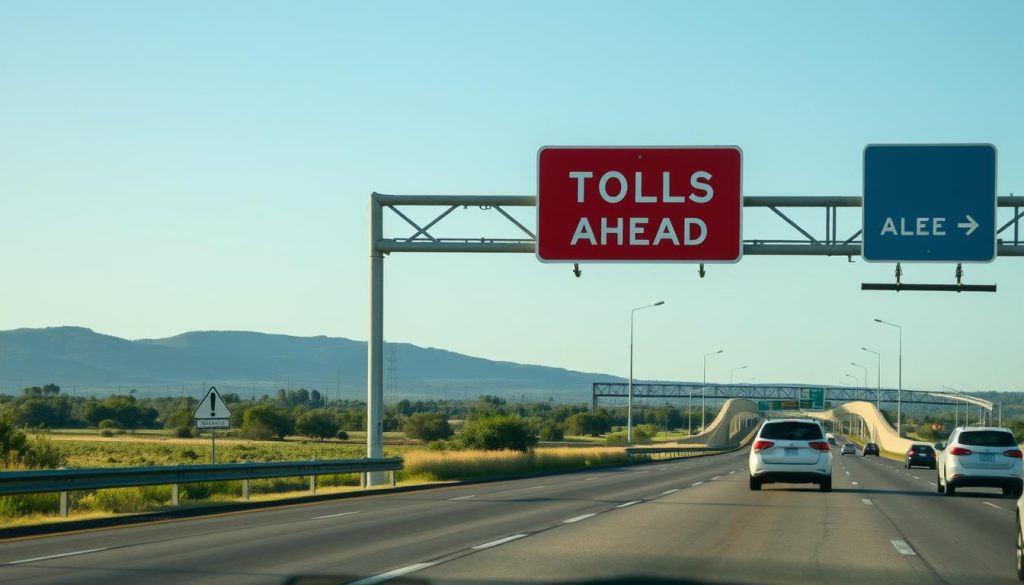
Well-designed toll systems with clear signage and multiple payment options can significantly reduce unintentional violations.
While the current state of toll systems often prioritizes revenue over fairness, there are practical, achievable reforms that could create more equitable systems while still fulfilling their infrastructure funding purpose. Based on successful models in some regions and recommendations from transportation equity experts, here are key solutions:
Transparency Requirements
- Mandate clear disclosure of where toll revenue goes
- Require public hearings before significant rate increases
- Publish annual reports on violation rates and collection practices
- Establish independent oversight committees with public representation
Fair Penalty Structures
- Cap administrative fees at a reasonable percentage of the original toll
- Implement graduated penalty systems that don’t immediately jump to maximum fines
- Provide first-time forgiveness programs for infrequent users
- Establish income-based fine reductions for low-income individuals
User-Friendly Systems
- Offer multiple notification methods (text, email, app) for violations before penalties accrue
- Create simple payment options accessible to all users, including those without bank accounts
- Implement clear, multilingual signage at all toll points
- Develop interoperable transponder systems that work across state lines
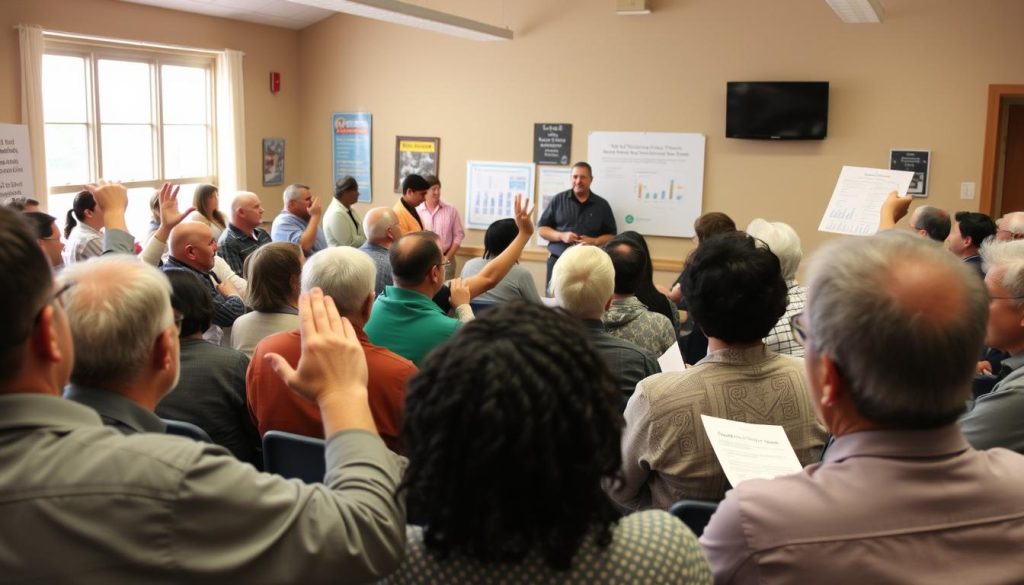
Community engagement and public oversight are essential components of creating more equitable toll systems.
Some regions are already implementing more equitable approaches. The Colorado Department of Transportation offers a “First Time Forgiveness” program that waives penalties for first-time violators who pay the original toll amount. Minnesota’s MnPASS system caps administrative fees at $25 regardless of the number of violations, preventing the cascading penalty effect that can be so devastating to low-income users.
Legal reforms are also gaining traction. Several states have passed legislation requiring toll authorities to notify users of unpaid tolls within 30 days, providing a reasonable window to address issues before penalties accrue. Others have mandated that a certain percentage of toll revenue must be used directly for infrastructure on the tolled facility itself, preventing diversion to unrelated projects.
Taking Action: How You Can Advocate for Toll System Justice

Individual advocacy through contacting legislators and transportation authorities can drive meaningful reform.
The path to more equitable toll systems requires engaged citizens willing to advocate for change. Here are concrete steps you can take to make a difference:
- Document your experiences with unfair toll practices and share them with your state representatives and transportation authorities
- Attend public hearings when toll increases or new toll implementations are proposed
- Support transportation equity organizations that advocate for fair toll policies
- Request transparency reports from your local toll authority about where revenue goes and how penalty decisions are made
- Connect with others in your community who have experienced similar issues to build collective advocacy power
Remember that toll systems are ultimately public infrastructure, meant to serve the public good. When they function more like profit-driven enterprises than public services, they betray their fundamental purpose. By speaking up and demanding change, we can help restore the balance between necessary funding mechanisms and fair treatment of all road users.
Share Your Toll System Experience
Your story matters in the fight for more equitable toll systems. By sharing your experience, you help build a database of evidence that can drive meaningful policy change. All submissions are confidential and will only be used for advocacy purposes.
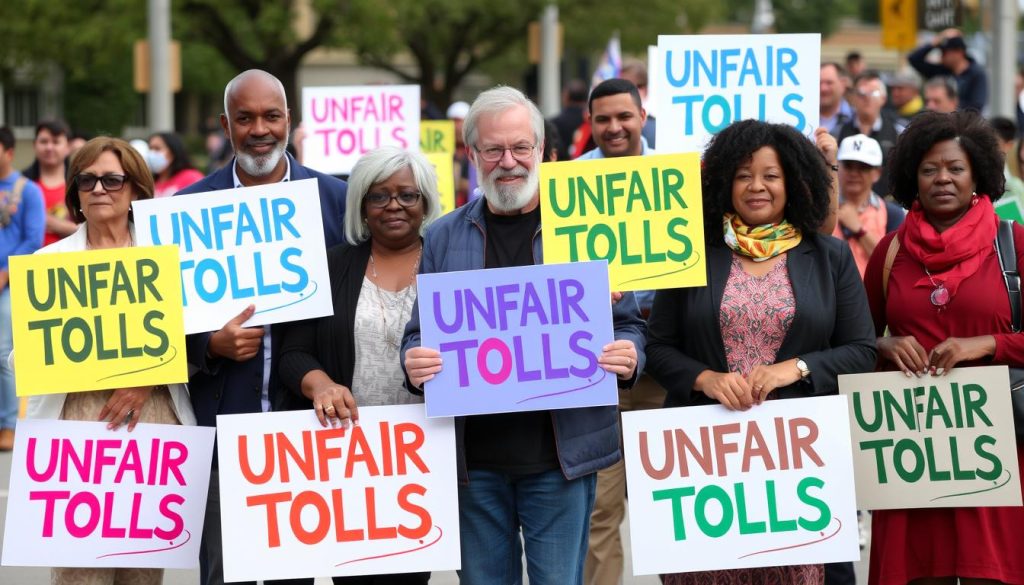
Collective advocacy efforts can lead to meaningful reforms in toll system policies and practices.
The current state of toll systems across America reveals a troubling prioritization of revenue over fairness and public service. From hidden fees and aggressive collection tactics to systems designed to maximize violations rather than compliance, these practices undermine the legitimate infrastructure funding purpose that tolls are meant to serve.
Yet there is reason for hope. As more people share their experiences and demand change, toll authorities in some regions are implementing more equitable policies. By continuing to advocate for transparency, fair penalty structures, and user-friendly systems, we can help transform toll systems from profit centers back into the public services they were intended to be.
The next time you pass through a toll plaza or receive a toll bill, remember that you’re not just a revenue source—you’re a citizen with rights, deserving of fair treatment and transparent processes. And together, we can build toll systems that truly serve justice rather than just the bottom line.






